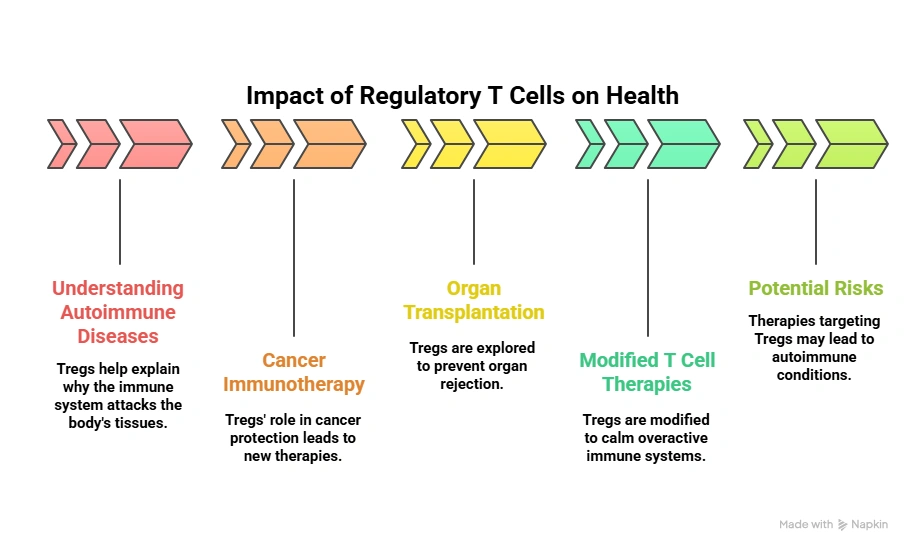Paper: GS – III, Subject: Science and Technology, Topic: Bio Technology, Issue: Nobel Prize in Medicine.
Context:
The 2025 Nobel Prize in Physiology or Medicine, the first of this year’s awards, has been jointly given to Mary E. Brunkow and Fred Ramsdell of the USA, and Shimon Sakaguchi of Japan, for their groundbreaking discoveries on the human immune system.
| About the Nobel Prize: The Nobel Prize is one of the most prestigious international awards, given for exceptional contributions in science, literature, and humanitarian efforts. Founder: Alfred Nobel, inventor of dynamite, established the prize in his will. The first Nobel Prize was awarded in 1901. Prize Categories: Physics: Discoveries in natural laws and physical sciences. Chemistry: Outstanding achievements in chemistry. Physiology or Medicine: Exceptional contributions to medicine and biology.Literature: Literary excellence and contribution to human culture. Peace: Global peace, conflict resolution, and human rights. Economic Sciences: Outstanding contributions to economic science (established in 1968). |
Key Takeaways:
- Citation: “For their discoveries concerning peripheral immune tolerance.”
- Essence of the Discovery: Regulatory T Cells and Foxp3 Gene
Sakaguchi’s Discovery: Regulatory T Cells and Peripheral Tolerance:
- Shimon Sakaguchi challenged the prevailing view and proposed the existence of a special type of T cell that actively prevents other T cells from attacking the body.
- In 1995, he presented evidence for these “police” T cells, which he called regulatory T cells (Tregs).
The process by which Tregs protect the body is known as peripheral tolerance.
Brunkow and Ramsdell’s Contribution: The FOXP3 Gene:
- Mary Brunkow and Frederick Ramsdell, working at Celltech Chiroscience, investigated scurfy mice, which suffer from a severe autoimmune disease.
- These mice have scaly skin and a short lifespan due to their immune systems attacking their own tissues.
- Brunkow and Ramsdell aimed to identify the gene responsible for this condition, they identified the FOXP3 gene as the culprit.
- In 2001, they demonstrated that mutations in the FOXP3 gene cause autoimmunity in scurfy mice and the human disease IPEX (Immune dysregulation, Polyendocrinopathy, Enteropathy, X-linked syndrome).
Linking FOXP3 to Regulatory T Cells:
- Within two years of Brunkow and Ramsdell’s discovery, Sakaguchi demonstrated that the FOXP3 gene controls the development and function of regulatory T cells.
- This finding solidified the understanding of Tregs as a distinct and crucial cell type in maintaining immune tolerance.

Sakaguchi, Brunkow, and Ramsdell’s work transformed understanding of immune self-recognition, leading to advances in therapies for autoimmune diseases, cancer, and transplantation.
https://indianexpress.com/article/explained/why-immune-system-doesnt-attack-the-body-10291950
La Excellence IAS Academy, the best IAS coaching in Hyderabad, known for delivering quality content and conceptual clarity for UPSC 2025 preparation.
FOLLOW US ON:
◉ YouTube : https://www.youtube.com/@CivilsPrepTeam
◉ Facebook: https://www.facebook.com/LaExcellenceIAS
◉ Instagram: https://www.instagram.com/laexcellenceiasacademy/
GET IN TOUCH:
Contact us at info@laex.in, https://laex.in/contact-us/
or Call us @ +91 9052 29 2929, +91 9052 99 2929, +91 9154 24 2140
OUR BRANCHES:
Head Office: H No: 1-10-225A, Beside AEVA Fertility Center, Ashok Nagar Extension, VV Giri Nagar, Ashok Nagar, Hyderabad, 500020
Madhapur: Flat no: 301, survey no 58-60, Guttala begumpet Madhapur metro pillar: 1524, Rangareddy Hyderabad, Telangana 500081
Bangalore: Plot No: 99, 2nd floor, 80 Feet Road, Beside Poorvika Mobiles, Chandra Layout, Attiguppe, Near Vijaya Nagara, Bengaluru, 560040

